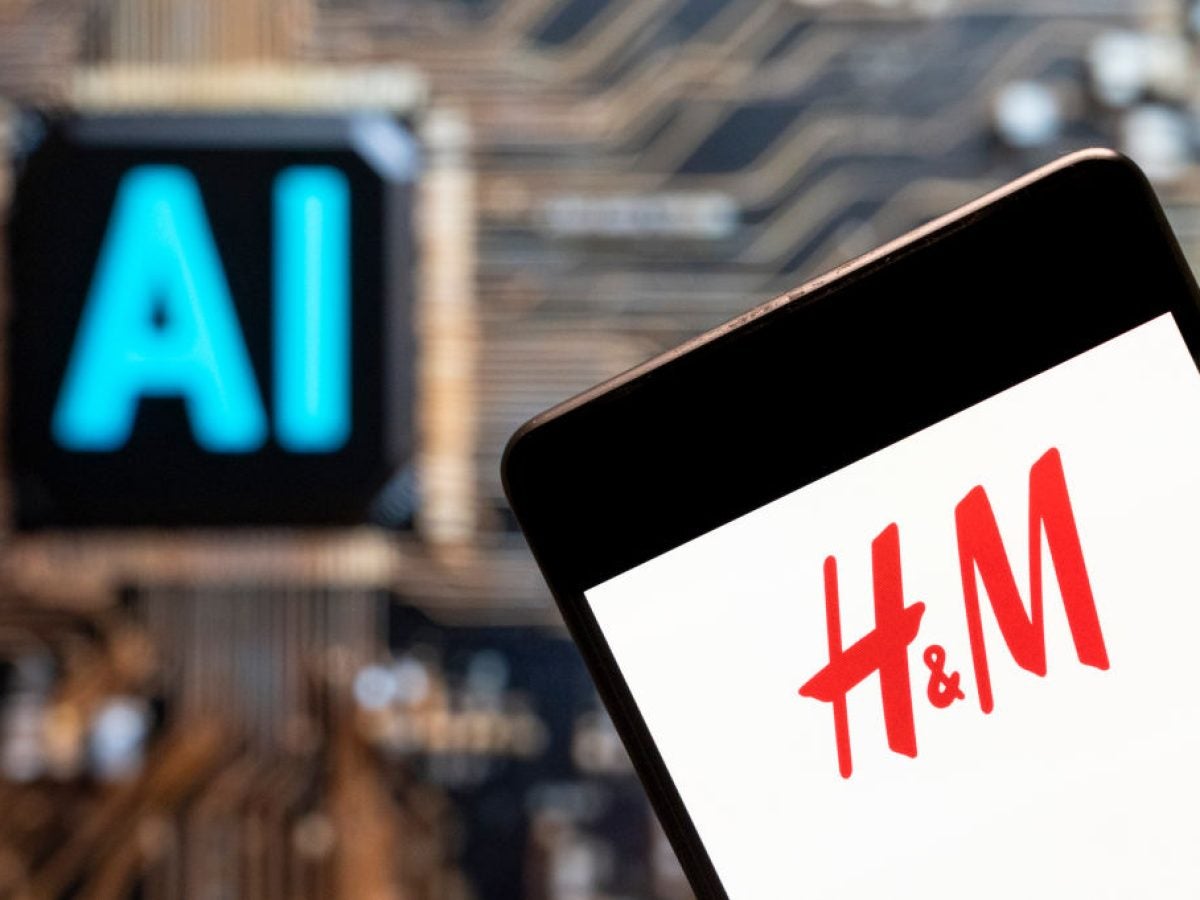
Once upon a time, brick and mortar stores teemed with shoppers and passersby. Nowadays, there’s more news of retailers closing their doors, and there’s no sign of the trend slowing.
Family Dollar recently followed the likes of, Macy’s which announced they’s close around 150 stores over the next three years including 50 this year. Joining them is casual fashion chain H&M, which in 2022 announced its plans to shutter 240 stores. The brand’s CEO Helena Helmersson recently stepped down after 26 years with her parting statement pointing out that the role had “been very demanding at times” for her personally and she “now feels that it is time to leave the CEO role, which of course has not been an easy decision.”
H&M isn’t alone. Per recent data from Coresight Research, there was an 80% surge in store closures in 2023 from the year before. As CBS News reports, the following retailers have announced massive closures in the last few years:
- Bed Bath & Beyond. 866.
- Tuesday Morning. 463.
- Rite Aid. 335.
- CVS Health. 300.
- 7-Eleven. 184.
- Walgreens Boots Alliance. 172.
- Alimentation Couche-Tard. 145.
- Foot Locker. 116.
What does this signal about the future of consumerism?
“We suspect the pace of store closures among smaller firms will accelerate going forward as online penetration climbs higher,” UBS spokespeople said in a recent analysis.
What’s “Major retailers — including Costco, Home Depot, Lowe’s and Target — stand to benefit the most from the predicted store closings,” the UBS report stated. “The closings of smaller operators would mean roughly $210 billion in retail sales would be up for grabs.”